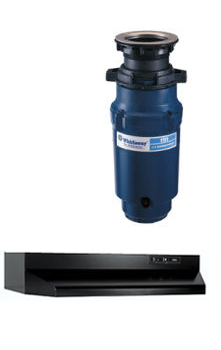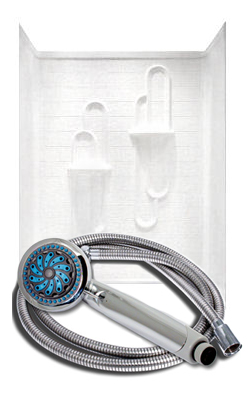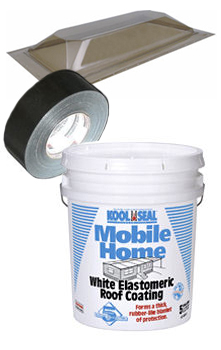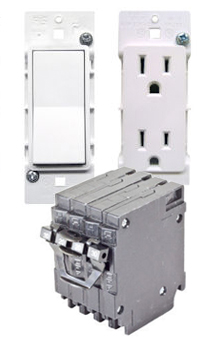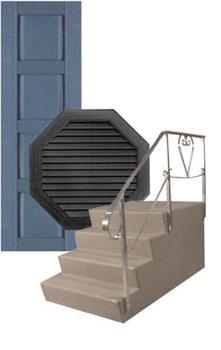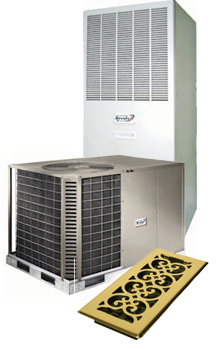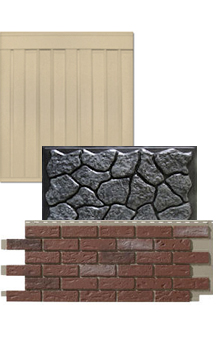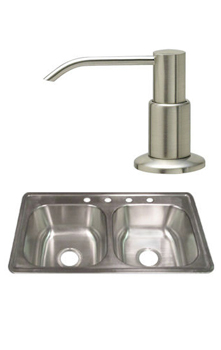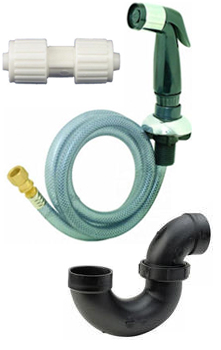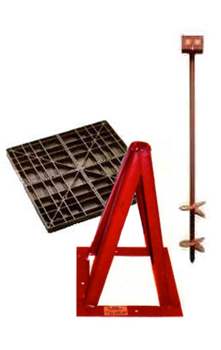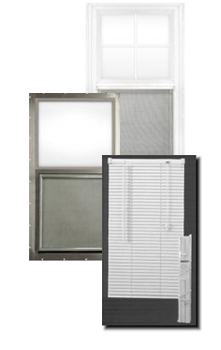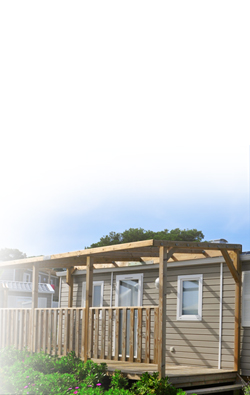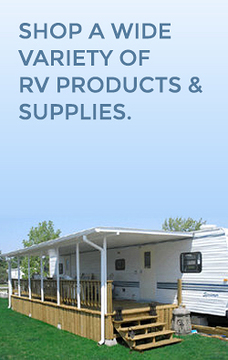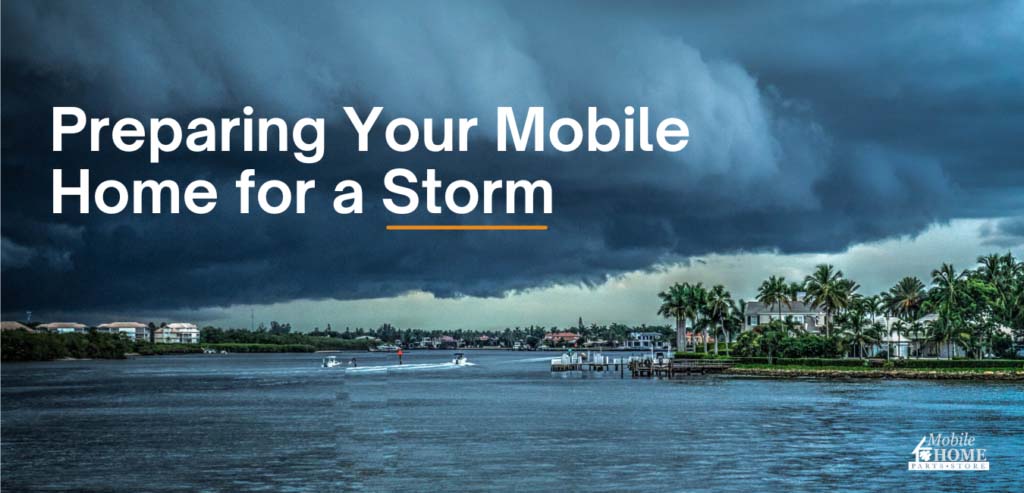 Storms brewing can cause havoc for everyone, especially those living in mobile homes. If unprepared, your home’s unique construction and thin walls could expose your family and home to devastating winds, lightning strikes, and flooding. Ensuring your home is safe is essential if you live in a mobile home or manufactured house.
Storms brewing can cause havoc for everyone, especially those living in mobile homes. If unprepared, your home’s unique construction and thin walls could expose your family and home to devastating winds, lightning strikes, and flooding. Ensuring your home is safe is essential if you live in a mobile home or manufactured house.
You can and should take critical steps to prepare your mobile home and family as best you can. Read on to learn the most basic pre-storm measures you should take to prepare your mobile home.
Extreme Weather Storms
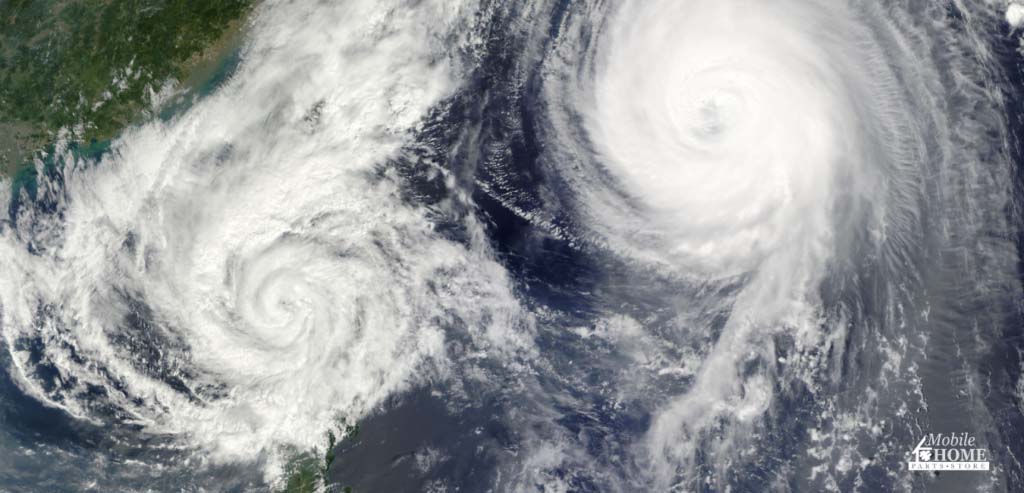 The weather can turn for the worse at any time, and it is essential to know how the winds are blowing. Severe weather often refers to the dangerous effects of changes in the atmosphere, resulting in tornadoes, extreme thunderstorms, or even hurricanes—packed with heavy rains, strong winds, hail, and lightning. When these fast-moving, highly localized storms move through a region, people and homeowners need to know what kind of storm is heading their way before taking swift action.
The weather can turn for the worse at any time, and it is essential to know how the winds are blowing. Severe weather often refers to the dangerous effects of changes in the atmosphere, resulting in tornadoes, extreme thunderstorms, or even hurricanes—packed with heavy rains, strong winds, hail, and lightning. When these fast-moving, highly localized storms move through a region, people and homeowners need to know what kind of storm is heading their way before taking swift action.
Tornadoes
A tornado is an extending violently rotating column of air from a thunderstorm to the ground with whirling wind reaching up to 300 mph. Although tornadoes can occur anywhere, they are most common in the Plains States within the United States. They can uproot trees, destroy well-established structures, and hurl objects like deadly missiles through the air. Being caught in a mobile home during a severe storm could be one of the most dangerous places.
For more information on tornadoes and preparation tips, we recommend visiting ready.gov/tornados or weather.gov/safety/tornado.
Tropical Storms and Hurricanes
Tropical Storms and hurricanes are some of mother nature’s most dangerous and powerful storms. They produce strong winds, surge flooding, and substantial rainfall that can lead to flooding, tornadoes, and rip currents.
Tropical storms and hurricanes all start as organized thunderstorms that form over tropical or subtropical waters, also known as tropical disturbances. However, tropical disturbances sometimes grow into tropical depressions forming rotating thunderstorms with winds reaching 38 mph or less. The speed of current generated by the storm determines its classification.
- Tropical Disturbance: thunderstorms
- Tropical Depression: thunderstorm with winds 38 mph or less
- Tropical Storm: thunderstorm with winds reaching 39 mph
- Hurricanes: thunderstorms with winds reaching 74 mph
- Category 1: Winds 74-95 mph
- Category 2: Winds 96-110 mph
- Category 3: Winds 111-129 mph
- Category 4: Winds 130-156 mph
- Category 5: Winds more than 157 mph
When a hurricane rolls through, no one is safe. However, manufactured homes—especially those within mobile home parks—represent a particular level of vulnerability. Mobile Homes not anchored down properly in preparation for a storm are putting not only themselves but their home and their community at risk.
For more information on tropical storms and hurricanes, we recommend visiting nhc.noaa.gov or Ready.gov/hurricanes.
Preparing for the Storm
 When a storm is brewing, no one is safe. However, taking necessary precautions such as having a plan, evacuation when necessary, and strengthening your home beforehand can often reduce the damage that may occur. Whether you install sliding steel shutters or retrofit the anchors and tie-downs for your home, there are several steps you can take to help protect your home from damage.
When a storm is brewing, no one is safe. However, taking necessary precautions such as having a plan, evacuation when necessary, and strengthening your home beforehand can often reduce the damage that may occur. Whether you install sliding steel shutters or retrofit the anchors and tie-downs for your home, there are several steps you can take to help protect your home from damage.
Initial Preparations and Mobile Home Mitigation Programs
You should always review and verify your insurance information before a storm arrives. Understanding your policy’s limitations, windstorm and hail damage, hurricane deductibles, flood insurance, personal property, and additional living expenses is essential.
Check your area for residential hurricane or tornado mitigation programs. For example, the Federal Emergency Management Agency (FEMA), local organizations, and hurricane mitigation inspectors have developed programs to help homeowners identify potential risks, prevent damage, and cover the cost of improvements.
If a hurricane is heading your way, it is essential to have a plan and an emergency kit ready. Be sure to have a hurricane preparedness kit, including food, water, portable radios, flashlights, essential papers, medication, pet supplies, blankets, extra batteries, and blankets in an easy-to-get place in your home. Preparation can save your life and the lives of your loved ones!
Mobile Home Exterior Preparation
Before a storm approaches, it is essential to have your home inspected by a certified inspector who can check for the following.
- Loose tie-downs
- Installation of straps, anchors, and stabilizer components
- Condition of roof and roofing materials
- State of any exterior structures, such as carports or decks
In addition, check the condition of your mobile home’s shutters, skirting, and awnings. These can cause damage during storm winds if they are not correctly attached. This includes loose items such as your mailbox, planters, or furniture. If your mobile home has shrubbery and trees, they must be trimmed or removed to prevent damage. Finally, ensure your home address is visible outside your manufactured home in an emergency.
Mobile Home Anchors and Tie Downs
When strong winds blow, manufactured homes need extra protection. Compared to site-built homes, mobile homes are relatively lightweight and built on frames rather than foundations. Almost all mobile homes are elevated, situated on top of a pier or foundation system. As a result, wind can get under the house or over the top to create an uplifting force.
To resist strong winds, you need two types of tie-downs, over-the-top and frame ties, to secure your home. A vertical or over-the-top tie-down is required to compensate for the uplift force. In contrast, a diagonal or frame tie-down is for both lateral and uplift forces. For example, a single wide mobile home requires diagonal and vertical tie-downs. While a double-wide mobile home only requires diagonal ties. The number of ties, however, will depend on the length of your home and your wind zone requirement.
Securing Anchors and Tie Downs
These ties must be secured to an anchor to stabilize and secure your mobile home. Mobile home anchors are critical to keeping your mobile home in place and preventing structural damage during inclement weather.
Anchors are typically four to five feet underground. However, the depth depends on how prone the ground is to saturation or flooding. As water collects in the soil, the soil will begin to loosen up, allowing the anchor’s ability to move. With an increased chance of flood or saturation, the deeper the anchor will need to be buried to provide stability.
Once the anchor set is secured, apply the straps to the home and adjust them. Again, it is crucial to enlist the service of a home inspector with the proper education and experience to check your mobile home is as safe as possible.
Mobile Home Interior Preparation
Once the outside of your mobile home is inspected and secured, it’s time to focus on the interior. To get inside your home ready, concentrate on completing the following tasks.
- Take any photos that insurance may require for post-storm claim processing
- Secure or remove any fragile home items or loose items
- Tape over windows or any glass surface for reinforcement if you do not have Storm Shutters
- Turn off your water main to prevent flooding caused by a plumbing break.
- Turn off fuel lines to prevent fires.
- Consider child safety locks for cabinets to keep doors closed and household items from damage.
Closing
With a bit of preparation and hard work, living in a mobile home does not mean a total loss when a storm is causing havoc as it once did. However, by taking the necessary precautions and strengthening your home, you can often reduce the damage that may occur.
However, it is critical to keep in mind securing your mobile home is not a substitution for evacuation. If you get a hurricane or tornado warning, evacuate if you can. It’s understandable to want to try to protect your beautiful mobile home, but always protect yourself and your family first and foremost.
For more information on tornadoes and preparation tips, we recommend visiting ready.gov/tornados or weather.gov/safety/tornado. For more information on tropical storms and hurricanes, we recommend visiting nhc.noaa.gov or Ready.gov/hurricanes. You can find more information on emergency kits, dangers, and signs of impending storms there
Tags: mobile home, Storm


